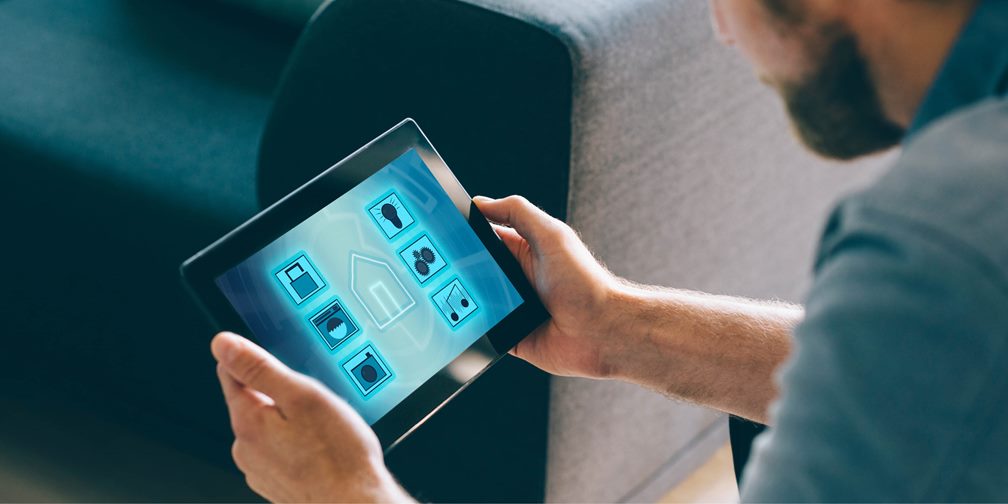
Some 20 percent of Sweden’s energy consumption is expended on heating and cooling homes and premises. Adding more insulation, replacing windows and overhauling installations are common and, generally speaking, appropriate measures. Sustainable flow technology can also contribute, helping to reduce this consumption by 10–15 percent per building.
Sweden’s energy and climate goals state that energy use is to be 50 percent more efficient by 2030 compared to 2005. Similarly, electricity production is to be 100 percent renewable by 2040. This is a tall order for the property sector. A report from Navet Analytics shows that 700,000 apartments require work to improve their energy efficiency.
However, some measures have the potential to deliver rapid improvements. Digitalising the flows in a building is one of them. By combining knowledge of flow technology and automation with the right products within measurement and regulation, you can save 10–15 percent per building.
Digital development makes almost anything seem possible – and this is actually the case. However, the digitalisation of all flows in a building starts in the basement. With the right products to control all flows and to measure how different installations are performing; high-quality products that deliver great precision. And finding advanced product suppliers is something at which Armatec excels.
Next, it is time to work your way up through the building. This involves creating systems for collecting measurement data for analysis and individual billing of consumption. It also involves adapting the heating and cooling according to the latest weather forecast. All data is stored in the cloud – easily accessible wherever you are via computer or mobile device. Perfect for everything from day-to-day monitoring to retrieving reports and energy use statistics.
A building with digitalised flows is future proof. It is easily fine-tuned as new technological advances present more opportunities for energy efficiency improvements. Then there is the economic aspect. Buildings with sustainable technical solutions are considered better collateral by banks and financial institutions, who can then offer lower interest rates on loans. Choosing to follow the sustainability route need not be more expensive, but rather something that can free up financial resources instead.
The digitalisation of flows in buildings is an important area within sustainable flow technology. Do you have any buildings that need to improve their energy efficiency? If so, take the opportunity to get in touch with us. An hour’s discussion is usually enough to identify areas for improvement.
Sustainable flow technology makes a difference within both construction and industry
Learn more about our sustainability work